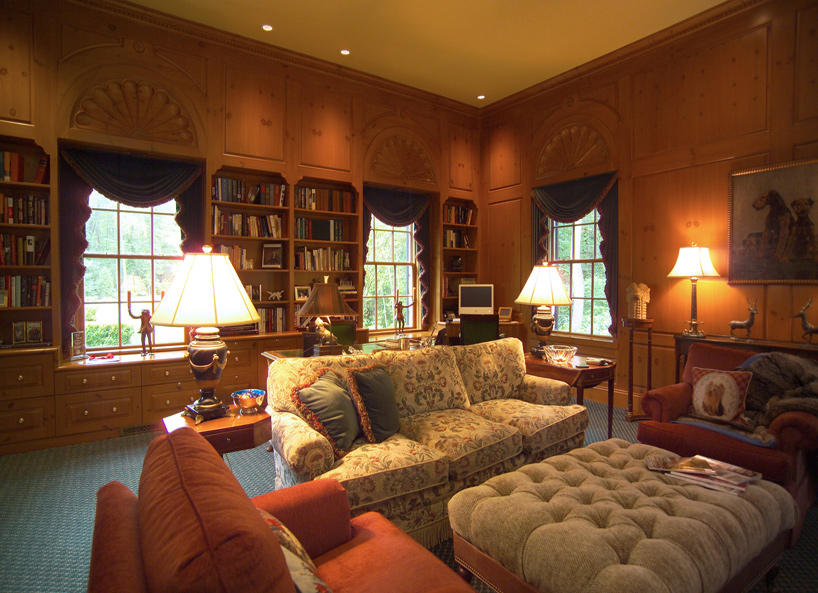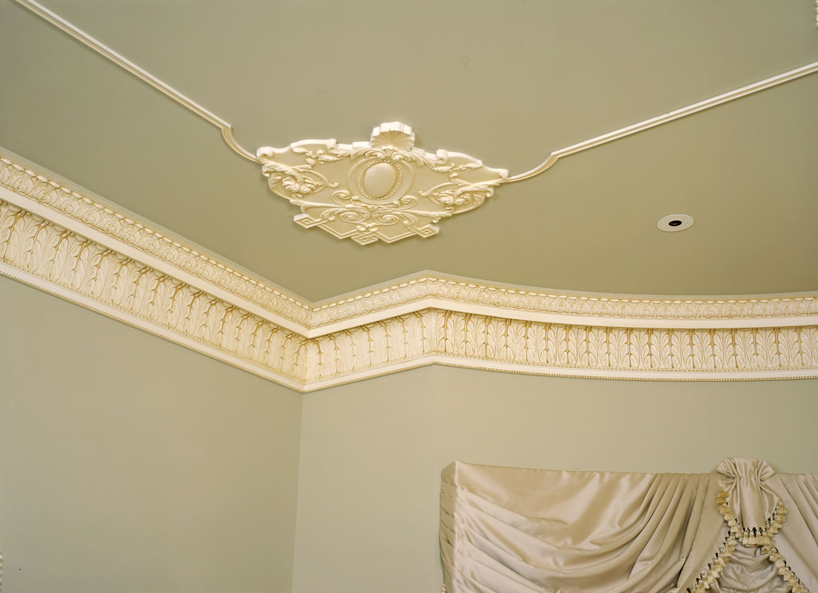- Steeplechase Farm
- HOBI Award Winning Equestrian Estate
- Majestic Southern Colonial
- French Provincial Charm
- Back Country Georgian Manor House
- Old English Refinement
- Melding The Old With The New
- Straight Gabled Shingle Style
- The Belle Haven Yacht Club
- Georgian In-Town Estate
- Charming Guest House With A Secret
- Little Jewels
By the 1740s, colonial America had matured to the point where its increasing wealth allowed grander expressions of architecture than the saltboxes and other basic subsistence forms that a rough frontier life dictated. The English colonialists naturally turned to their homeland for inspiration and drew on the latest styles there. What they borrowed was a mix of classical themes that the English had drawn from the Italian Renaissance, primarily from the work of Palladio. The most famous manifestation of these phenomena is probably Thomas Jefferson’s home, Monticello.
These Renaissance Revival styles were rectangular shapes with low sloping roofs, primarily arranged in symmetrical facades and floor plans, and since the reigning monarch at the time was named George, the style was called Georgian. Although the style can be found all over the country, it probably reached its greatest expression in southern plantation homes.
The clients for this home were both from the Deep South and so Marchese drew on this design heavily from several anti-bellum manor houses he had visited in Georgia and South Carolina. The site for this home was a nine-acre property perched high over a magnificent lake. Except for practical considerations of materials and other details due to the nature of Greenwich winters, much of the southern grandeur of original Georgian style can be found in this home, especially in the interiors.










